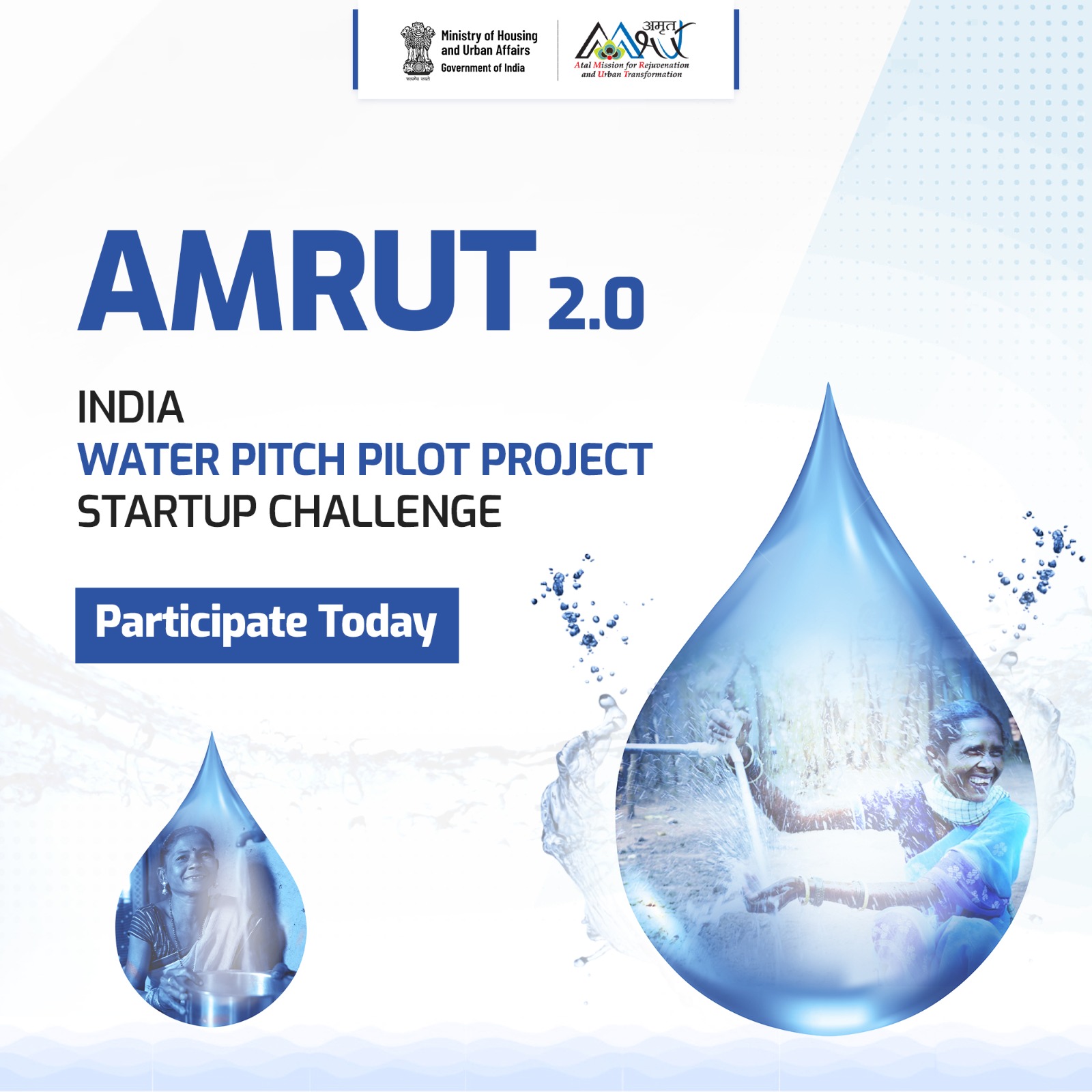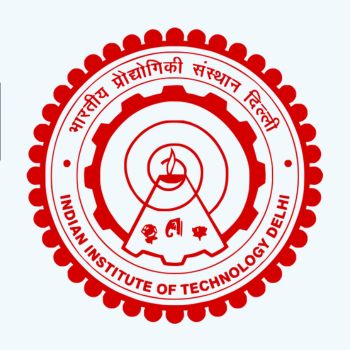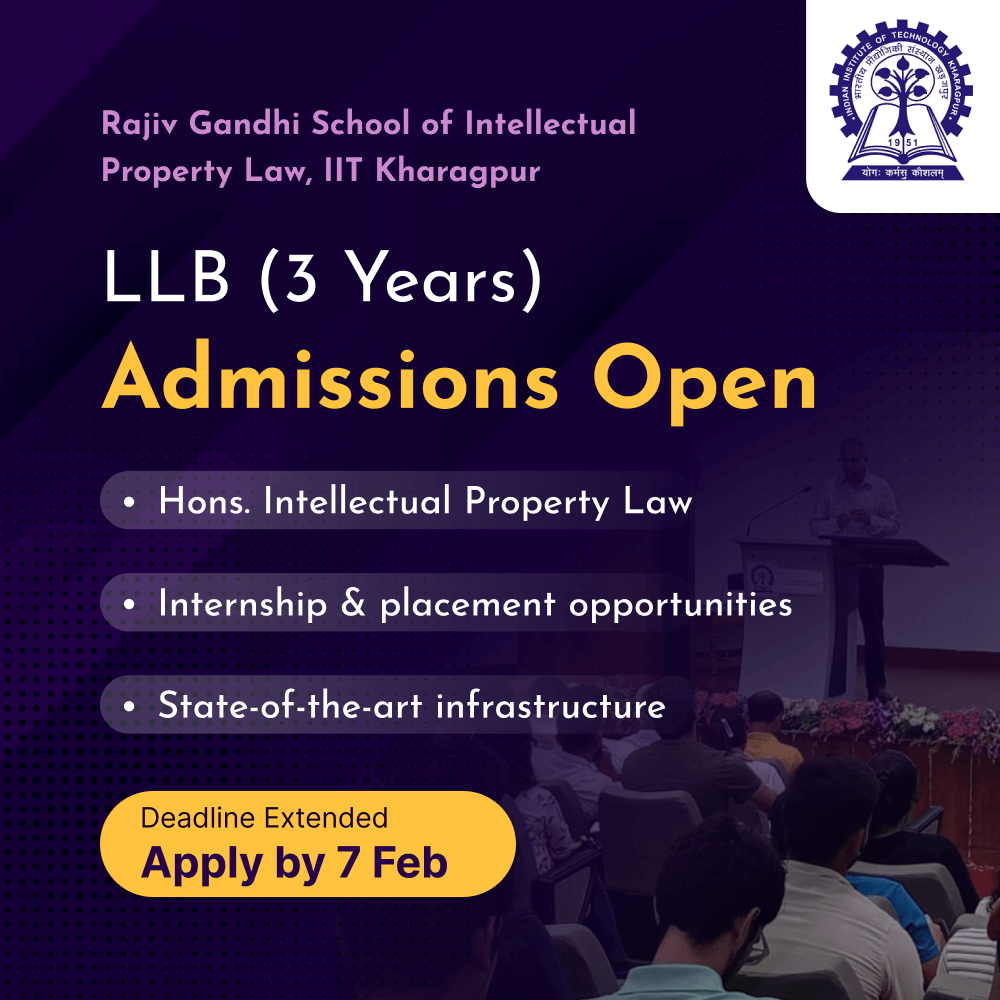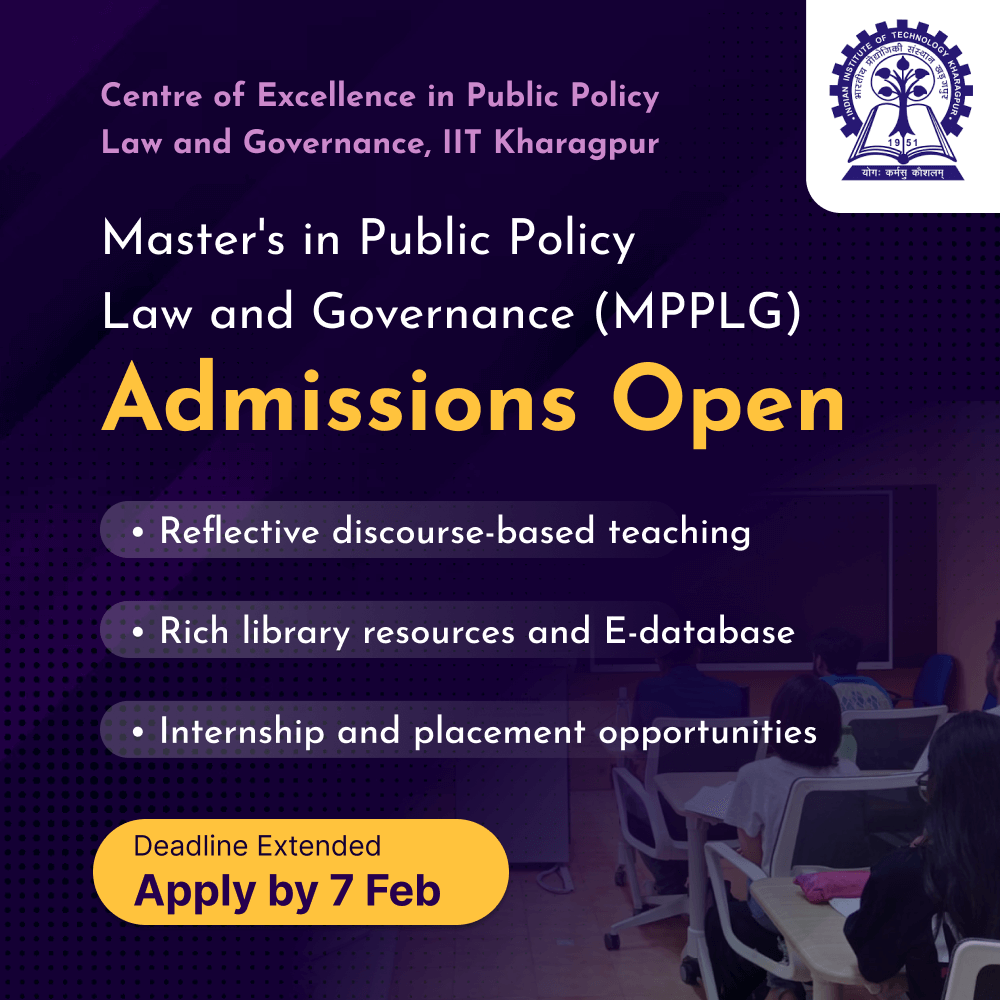In this read, you will get a deep understanding of Generic Technical Interview Questions for freshers that must be answered to get hired by a reputed firm. Check the details below!
About Technical Interview
A Technical interview is an utmost round that assesses a candidate’s knowledge and skills. The technical Interview round is often standard in every job, like in Content, Technology, Marketing, Sales, HR, Finance and other fields.

Technical Interview Process
In interviews, candidates are often evaluated on their ability to solve complex problems, apply theoretical concepts to real-world situations, and demonstrate their understanding of technology, programming languages, algorithms, data structures, and design patterns.
Such Technical Interviews can vary by company and role but usually includes math, algorithmic problem solving, design interviews, and sometimes even craft or whiteboard coding. The purpose of the
The interview assesses the candidate’s intelligence, problem-solving skills, critical thinking, and ability to work with others in a business setting. Interviewers may ask questions about specific programming languages, data structures, algorithms, or software development techniques, and candidates must provide clear and concise answers, often by writing or drawing pictures to illustrate their solutions.
Preparing for a typical interview includes:
- Studying and studying computer science topics.
- Practising coding questions.
- Becoming familiar with terms and concepts.
- Knowing the specific requirements and expectations of the company or job you’re interviewing for is essential, as this can help you adjust your preparation.
Interviews are generally designed to assess a candidate’s abilities and determine their suitability for a particular role in an organization.
Java Tutorials for Beginners by Oracle
The Java Tutorials are practical guides for programmers who want to use the Java programming language to create applications. They include hundreds of complete, working examples, and dozens of lessons. Groups of related lessons are organized into “trails”.
Trials Basics
These trails are available in book form as The Java Tutorial, Sixth Edition. To buy this book, refer to the box to the right.
- Getting Started — An introduction to Java technology and lessons on installing Java development software and using it to create a simple program.
- Learning the Java Language — Lessons describing the essential concepts and features of the Java Programming Language.
- Essential Java Classes — Lessons on exceptions, basic input/output, concurrency, regular expressions, and the platform environment.
- Collections — Lessons on using and extending the Java Collections Framework.
- Date-Time APIs — How to use Java.time pages to write date and time code.
- Deployment — How to package applications and applets using JAR files, and deploy them using Java Web Start and Java Plug-in.
- Preparation for Java Programming Language Certification — List of available training and tutorial resources.
Click here to visit the official page!
Interview Questions for Freshers in Java

Here are some technical interview questions specifically focused on Java programming:
- What is the difference between JDK, JRE, and JVM?
- Ans: JDK (Java Development Kit) is a software development kit that includes tools and libraries for developing Java applications. JRE (Java Runtime Environment) is the runtime environment that allows the execution of Java applications. JVM (Java Virtual Machine) is the virtual machine that executes Java bytecode.
- What are the main principles of object-oriented programming (OOP)?
- Ans: The main principles of OOP are encapsulation, inheritance, and polymorphism. Encapsulation refers to bundling data and methods into a single unit (class). Inheritance enables the creation of new classes based on existing classes. Polymorphism allows objects of different types to be treated as objects of a common superclass.
- What is the difference between an abstract class and an interface in Java?
- Ans: An abstract class is a class that may contain both abstract and non-abstract methods. It can have constructor definitions and member variables. An interface, on the other hand, can only contain abstract methods and constants. It represents a contract for classes to implement and allows multiple inheritance.
- Click here for more information on Abstract classes.
- What is the difference between == and .equals() method in Java?
- Ans: The == operator compares the references of objects to check if they point to the same memory location.
- The .equals() method compares the content or value of objects to check if they are equivalent.
- The behavior of .equals() can be overridden by classes to define custom equality comparisons.
- What are the four main principles of Object-Oriented Programming (OOP)?
- Ans: The four main principles of OOP are encapsulation, inheritance, polymorphism, and abstraction. Encapsulation focuses on bundling data and methods together. Inheritance allows classes to inherit properties and behavior from other classes.
- Polymorphism allows objects of different types to be treated as objects of a common superclass. Abstraction focuses on simplifying complex systems by representing essential features.
- What is the difference between checked and unchecked exceptions in Java?
- Ans: Checked exceptions are exceptions that are checked at compile-time, and the programmer is forced to handle or declare them in the method signature. Examples include IOException and SQLException. Unchecked exceptions, also known as runtime exceptions, do not require explicit handling or declaration.
- Examples include NullPointerException and ArrayIndexOutOfBoundsException.
- What is the static keyword in Java?
- Ans: The static keyword in Java is used to define class-level entities that are shared across all instances of the class. Static variables and methods belong to the class itself rather than individual objects.
- They can be accessed using the class name without the need for object instantiation.
- Explain the concept of multithreading in Java.
- Ans: Multithreading in Java allows the execution of multiple threads concurrently within a single program.
- Threads are lightweight processes that can perform tasks independently, sharing the same resources.
- Multithreading can improve performance and responsiveness, especially in applications that involve time-consuming or parallelizable tasks.
- Check more details of multithreading here
- What is the difference between ArrayList and LinkedList in Java?
- Ans: ArrayList is an implementation of the List interface backed by an array. It provides fast access to elements by index but may be slower when it comes to insertion and deletion operations.
- LinkedList is a doubly-linked list implementation.
- It provides efficient insertion and deletion but slower access by index.
- What is the difference between final, finally, and finalize in Java?
- Ans: final is a keyword used to make a variable, method, or class unchangeable or unextendable.
- finally is a block that follows a try-catch block and always executes regardless of whether an exception occurs or not.
- finalize is a method called by the garbage collector before reclaiming an object’s memory.
- For more findings click here
- How does Java handle memory management and garbage collection?
- Ans: Java uses automatic memory management through a garbage collector.
- The garbage collector automatically identifies and frees up memory occupied by objects that are no longer referenced by the program.
- This relieves the programmer from manual memory deallocation, reducing the chances of memory leaks and segmentation faults.
- Explain the concept of exception handling in Java.
- Ans: Exception handling in Java allows the programmer to catch and handle runtime errors or exceptional conditions.
- It involves using try-catch blocks to catch specific exceptions and provide alternative paths or errors.
General Interview Questions for Freshers
- How does binary search work?
- Binary search is an efficient algorithm for finding an item from a sorted list of items. It works by repeatedly dividing in half the portion of the list that could contain the item until you’ve narrowed down the possible locations to just one says Khan Academy.
- What is the difference between procedural programming and object-oriented programming?
- Ans: Procedural programming is a programming paradigm that follows a linear top-down approach, where the program is divided into functions or procedures that operate on data.
- Object-oriented programming (OOP) is a programming paradigm that organizes data and behaviour into objects, which interact with each other through methods.
- Explain the concept of polymorphism in object-oriented programming.
- Ans: Polymorphism is the ability of an object to take on many forms.
- In OOP, it allows objects of different classes to be treated as objects of a common superclass.
- This enables methods to be defined in the superclass and overridden in the subclasses, providing different implementations based on the specific class.
- What is the difference between an abstract class and an interface?
- Ans: An abstract class is a class that cannot be instantiated and is typically used as a base class for other classes.
- It can contain both abstract and non-abstract methods. An interface, on the other hand, is a collection of abstract methods that define a contract for classes to implement.
- An interface can’t contain any concrete implementation.
- What is the difference between a stack and a queue?
- Ans: A stack is a data structure that follows the Last-In-First-Out (LIFO) principle, where the last element added is the first one to be removed.
- It operates on the principle of push (to add an element) and pop (to remove an element).
- A queue, on the other hand, follows the First-In-First-Out (FIFO) principle, where the first element added is the first one to be removed.
- It operates on the principle of enqueue (to add an element) and dequeue (to remove an element).
- What is the purpose of a primary key in a database?
- Ans: A primary key is a unique identifier for a record in a database table.
- Its purpose is to uniquely identify each row, ensuring data integrity and providing a fast way to retrieve data based on its unique identifier.
- A primary key constraint ensures that the primary key values are unique and not null.
- What is the difference between a linked list and an array?
- Ans: An array is a contiguous block of memory that stores elements of the same type.
- It provides constant-time access to elements based on their index.
- A linked list, on the other hand, is a collection of nodes where each node contains the data and a reference to the next node.
- It provides dynamic memory allocation but requires traversing the list to access elements.
Interview Tips by Google 💡
Find connections between the job listing and your resume
First off, re-read your resume and the job description to help you draw lines between the two. Where do they connect? We want you to take every opportunity to set yourself up for success.
Focus on data 🎯
As you start to think about things you want to highlight in your interview, don’t forget to include data. This helps your interviewer understand not just your overall achievements, but how big of an impact you made.
Let’s put it this way: What data can you provide that tells the story of your experience in terms of the needs of this position?
The “equation” we suggest goes a little something like this. Accomplished X as measured by Y doing Z.
Here’s an example: “Increased tail wags of Dooglers by 75% over two days by placing dog treats outside of conference rooms.”
Brush Up your skills to showcase 🔋
Skills are most important when it comes to displaying your profile. Make sure your CV/Resume must address only those skill sets for which you have gained expertise because you never know which skill sets must be picked by interviewers to understand your background.
Last-minute Preparations 🕛
Collect your thoughts
- Ask for a minute to collect your thoughts if you need it — write it out if it helps clarify.
- Be mindful of the time you have
- Keep an eye on the time — it’ll fly by.
- Take a deep breath
- Now, this part is important: Take a breath. Seriously. People forget to breathe sometimes! 🙂
Google’s Hiring Process
If a Recruiting team member believes you might be a match for a job you’ve applied for, you’ll enter our hiring process says Google.
While the process may differ slightly for different roles or teams, the same basics apply whether you’re applying for a tech job or a marketing job, an internship or a leadership position says Google. Not all of these may apply to your role, but here are some of the ways we assess candidates in our hiring process:
- Assessments: You may be asked to do a brief online assessment, like a coding quiz after you’ve submitted your resume.
- Short virtual chats: Before diving into more in-depth interviews, you’ll typically have one or two shorter conversations over the phone or via video. These will usually be with a recruiter and then with either the hiring manager or peer on the team and are designed to assess key skills you’ll need for the role.
- Project work: We sometimes ask candidates to complete a small project before their in-depth interviews. This could range from prepping a case study to providing writing or code samples (don’t stress, they’re not that scary and we won’t spring this on you without warning), and helps us understand how you think and approach problems. We’ll let you know about any additional materials we’ll need early on.
- Interviews: We get excited about interviewing and take it seriously because, at the risk of sounding cliché, Google is what Googlers make it. Our process can be rigorous (typically 3-4 interviews in one day, either over video or in person), but it’s also meant to be friendly, and warm, and allows you to get to know us better too. We’re guided by our goal of creating an equitable and inclusive experience where candidates from a wide variety of backgrounds have an opportunity to succeed.
Hope this read helps you for last minute preparations before your final round!











